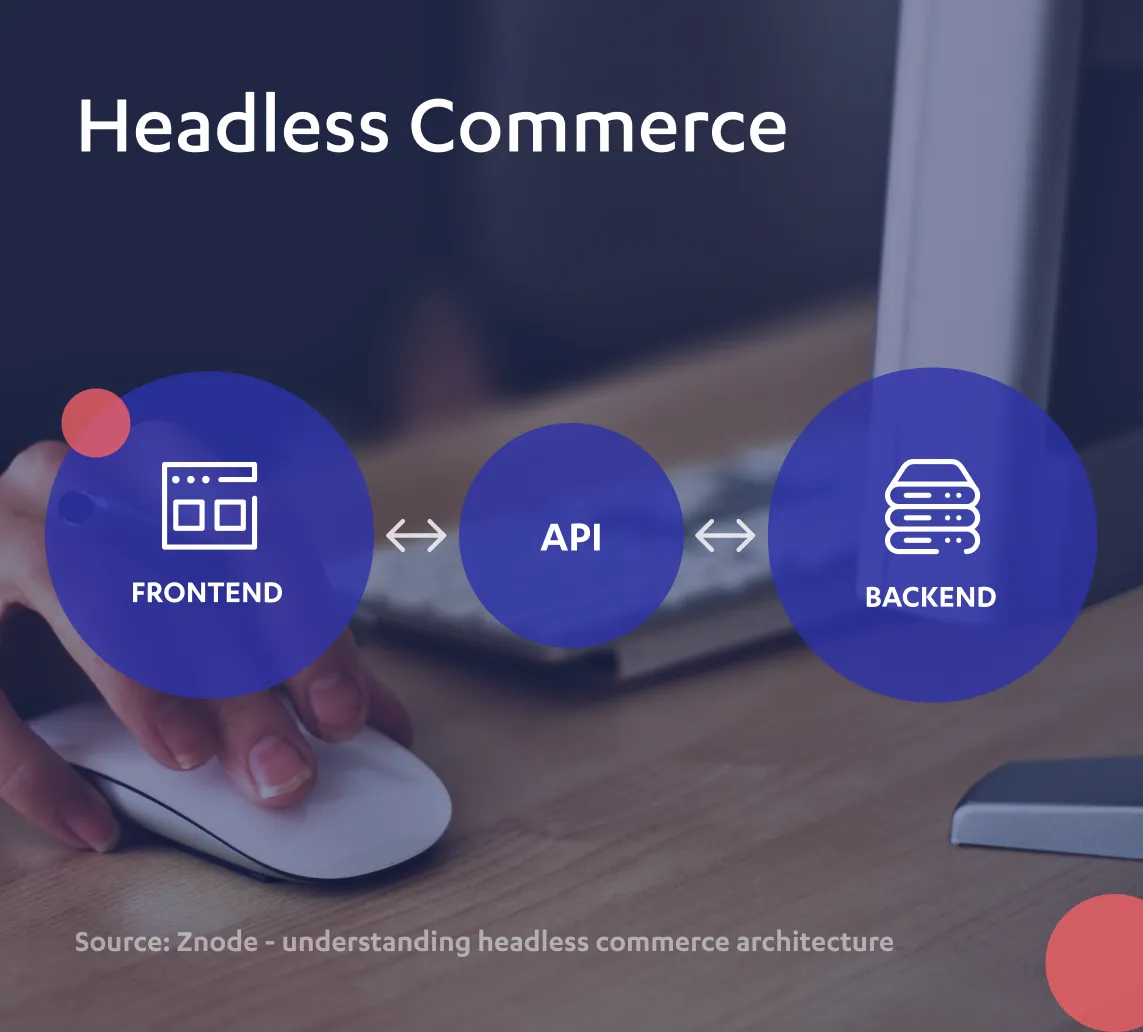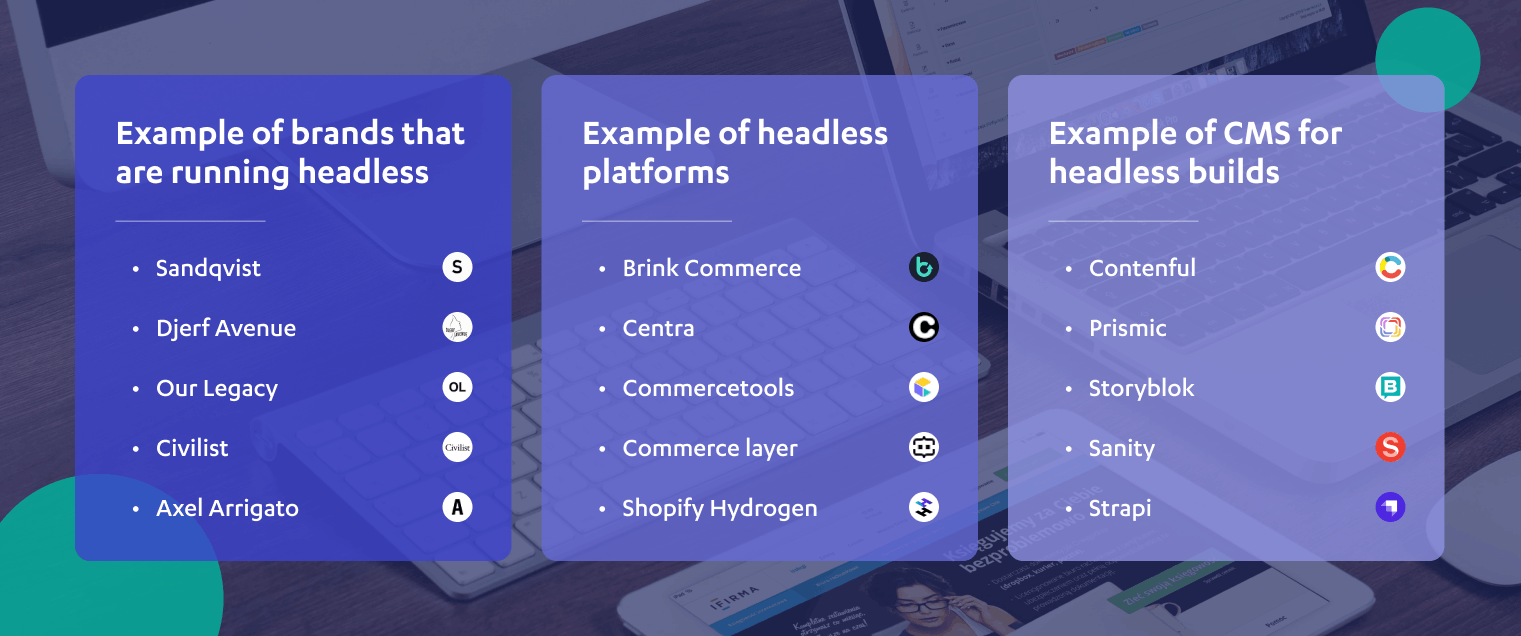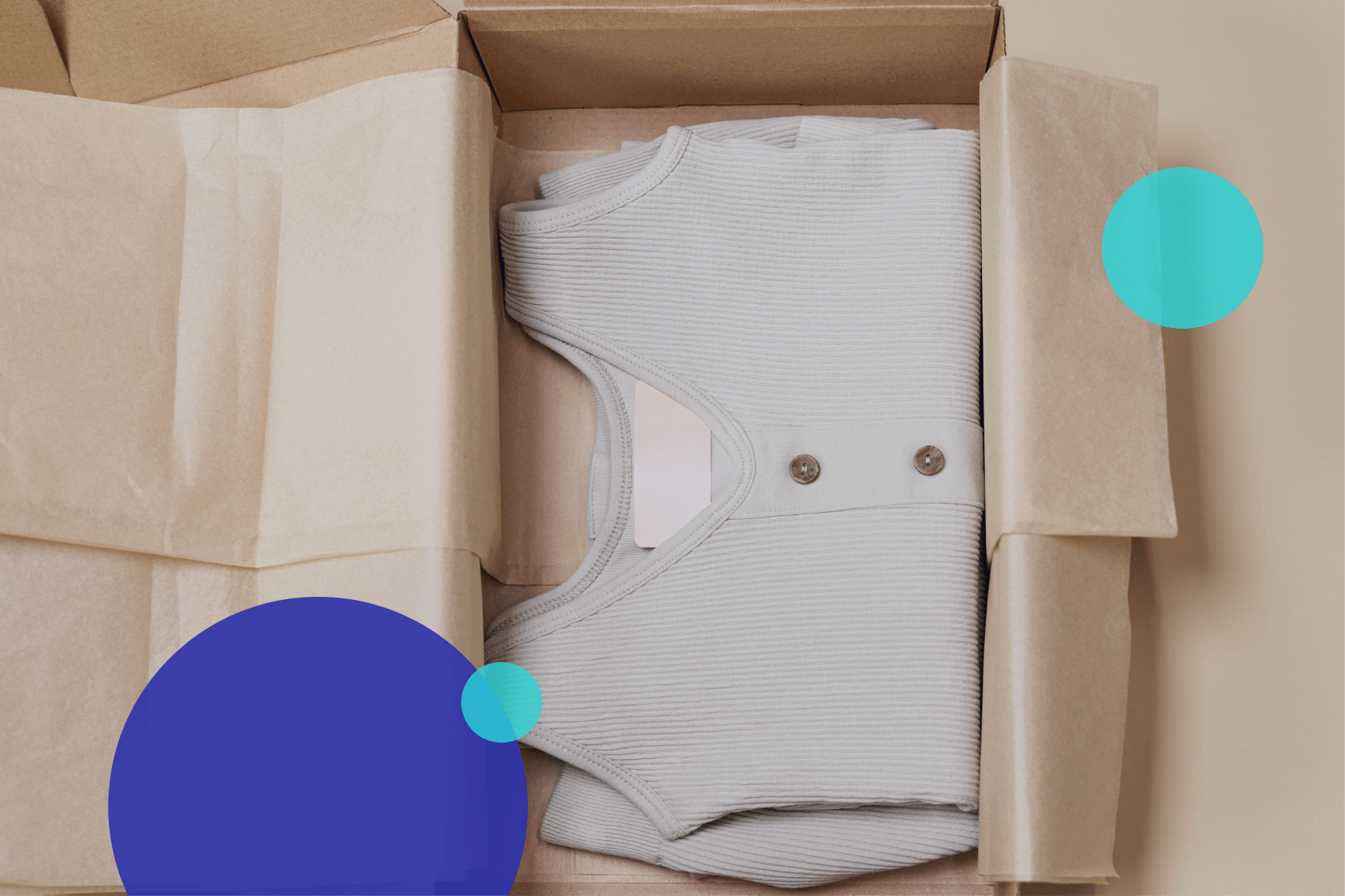Headless has been all the rage in commerce over the last couple of years with more and more brands adopting the approach. But what is headless and when is it something to consider for your business?
Headless commerce refers to software architecture that separates the frontend, also known as the user interface (UI) from the backend, which is everything unseen that powers up the user experience.
July 2024
Why Partnerships Matter
Partnerships play a pivotal role in the success and growth of ecommerce gateways and payments companies. In the fast-paced digital landscape of online commerce, forging strategic alliances can provide a multitude of benefits that extend beyond what a company can achieve on its own.









